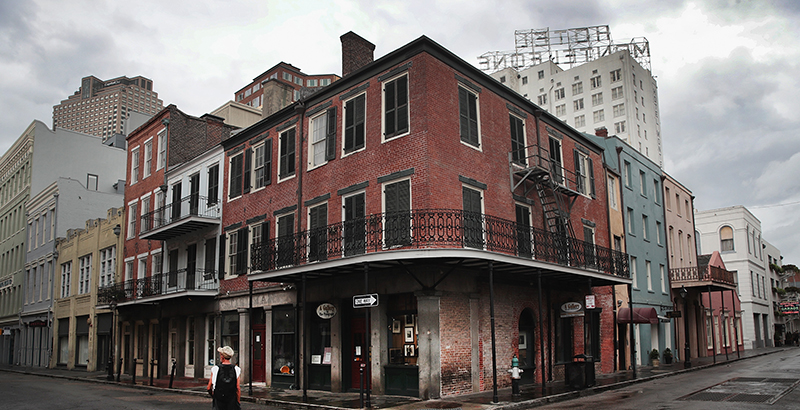Briggs: What New Orleans Can Teach Other Cities About School Closures — 4 Things That Can Make a Difference for Families

It seems like every year, clashes between school boards and local communities hit the news. The details are different, but the cause is the same: school closures. This fall, it’s Oakland Unified School District, facing pushback from families over a proposal to close two schools and merge them with two others. Last year, it happened in Boston. Next year, no doubt, it’ll happen somewhere else.
Few cities know this pain like New Orleans. There, school closures have become a feature of the educational landscape under an all-charter system that demands that schools perform academically or face one of two fates: transformation (i.e., new operator) or closure.
School closures are sometimes unavoidable, and recent research from the Education Research Alliance at Tulane University suggests that closing struggling schools is gradually improving academic opportunity and outcomes in New Orleans overall. Studies of closures in other cities, however, generally find little or no benefit for the students who are displaced in the short term; they tend to wind up in schools that aren’t doing much better or may even be next on the closure list. For them, closures are profound disruptions followed by deep disappointment.
Does it have to be this way? What would it take to make school closures work better for families? Is that even possible?
These are the questions my organization, EdNavigator, has been striving to answer in conjunction with NOLA Public Schools and EnrollNOLA, which manages the city’s OneApp enrollment system, over the past two years. Although school closures in New Orleans have been deeply painful, the city’s experience can offer important lessons for districts facing similar circumstances.
From 2017 to 2019, we collaborated with NOLA Public Schools, formerly the Orleans Parish School Board, to provide focused school choice support to the families of more than 1,600 students in seven D- and F-rated schools slated for closure. Our work was guided by what we call the upgrade rule, which says that no school should be closed unless you can give the students a path to a better one — an educational upgrade.
Our goal was straightforward: make closure less traumatic for families and help them get a seat in a high-quality school. We offered parents in closing schools clear information about available options, personal support from advisers to help them decide where they wanted to apply and guidance in getting through the application process. We also conducted extensive outreach to families as New Orleans’s school enrollment deadline approached to ensure that all families submitted their OneApp applications in the main round.
These efforts did not make closing schools a completely positive or painless experience for families, but they did make a difference. While seats in the city’s highest-performing schools remained scarce, 93 percent of students from closing schools with D and F letter grades landed in a new school that was at least one letter grade better, and 66 percent gained seats in a school at least two letter grades better. Ninety-one percent of students got a spot in one of their top three listed schools.
We share these results and more detail on the strategies we used to support families in closing schools in a new publication, The Upgrade Rule: How Schools and Districts Can Make School Closures Work Better for Families. In it, we dig into what worked well — at the school and system levels, as well as with individual families — in the effort to give all families an upgrade. In particular, we highlight four critical factors that we believe made a difference:
● Give families from closed schools preferential treatment in the enrollment process. In New Orleans, they were given priority status, meaning students from closed schools went to the front of the line for open seats in the schools of their choice.
● Operate on a timeline that maximizes opportunities for families. Families need time to process the closure on an emotional level, but they also need time to explore and take advantage of all educational opportunities, including religious and private schools. Districts need to take into account the admissions timelines for all local institutions.
● Invest substantial resources in the best possible communications. With the inherent confusion and stress that goes along with a school closure, families need access to clear, useful information that helps them understand what’s happening, what their options are and what they need to do (and when).
● Bring support directly to families instead of waiting for them to find it. Families can’t be expected to ask for help — help needs to come to them, and not in a one-size-fits-all package.
These lessons are rooted in our experience in New Orleans, but we think they apply anywhere and anytime schools must be closed. We hope Oakland and other school systems considering closures take note. Students in persistently struggling schools have been through enough disappointment and instability; if their school must be closed, we ought to do everything possible to ensure their families get the guidance and support they need to find a new one where they can thrive.
Gary Briggs is EdNavigator’s executive director/navigator, New Orleans.
Get stories like these delivered straight to your inbox. Sign up for The 74 Newsletter

;)